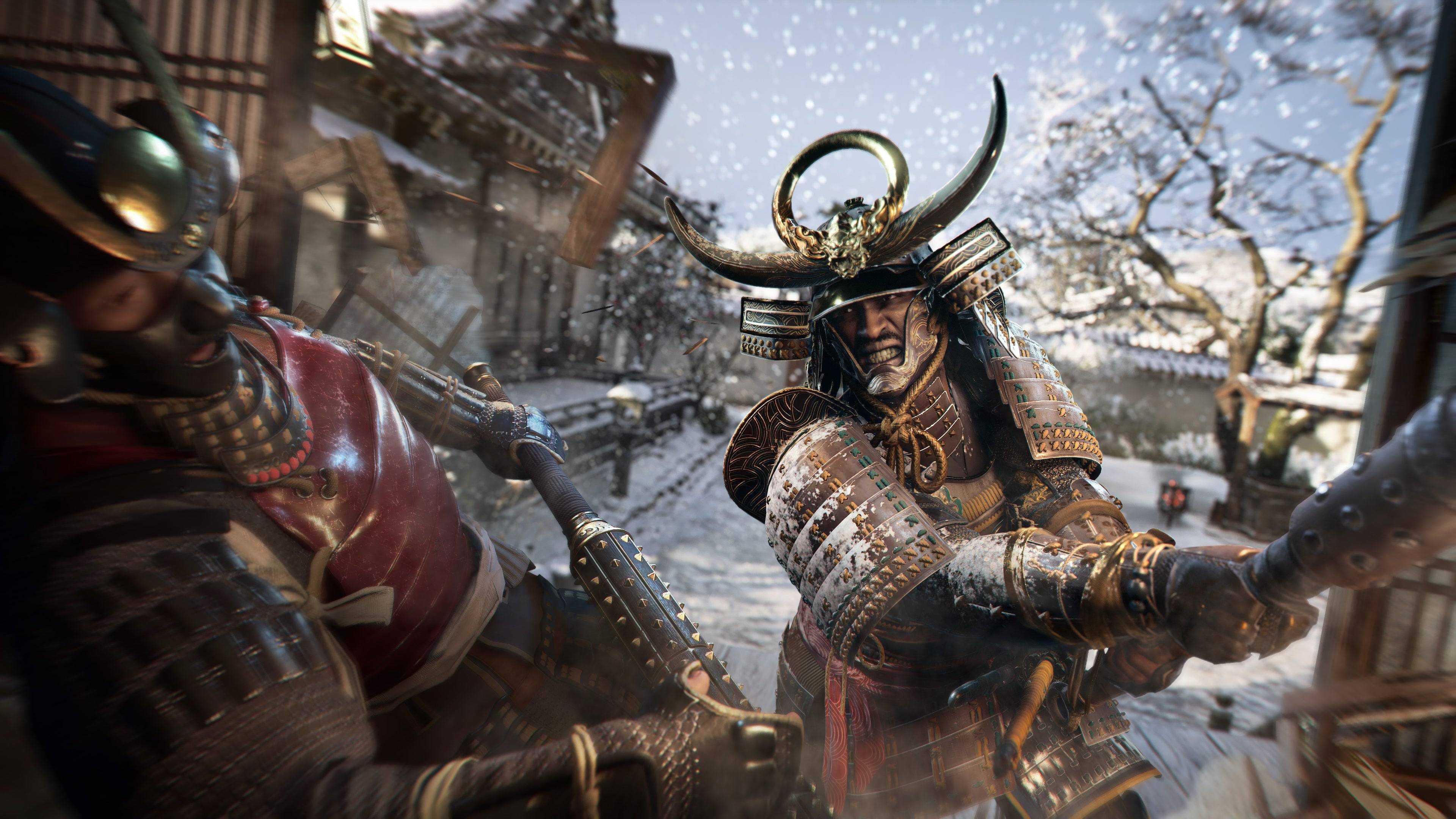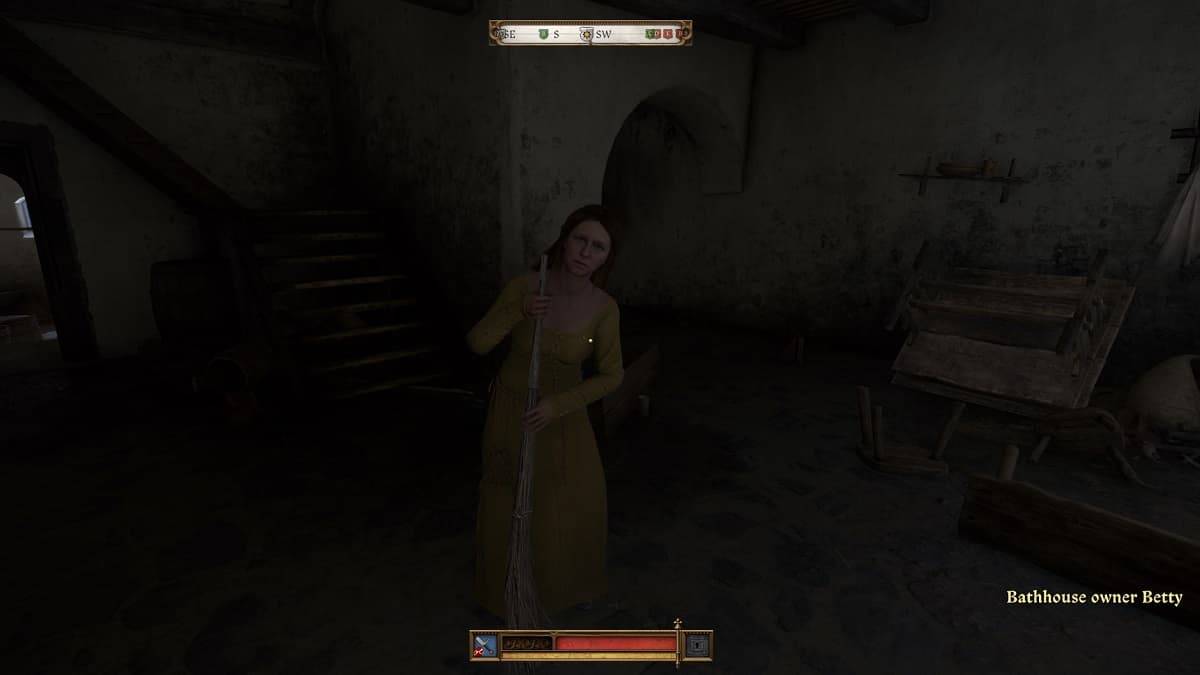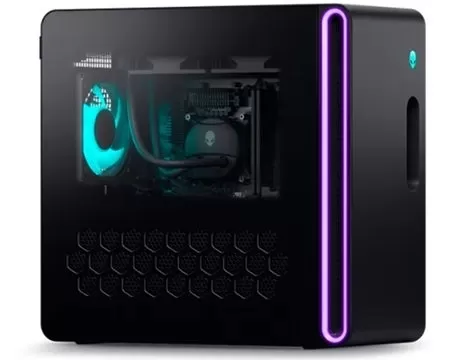With a renewed focus on the core elements that defined the series, *Assassin’s Creed Shadows* delivers the most satisfying experience the franchise has offered in years. The game's parkour system, reminiscent of *Unity*, allows for seamless transitions from the ground to castle rooftops, enhanced by a grappling hook that speeds up your ascent to prime vantage points. When playing as Naoe, perched on a tightrope high above your foes, you're just a drop away from executing the perfect assassination. However, switch to Yasuke, the game's second protagonist, and you're thrust into an entirely different gameplay dynamic.
Yasuke is slow, clumsy, and incapable of silent kills, climbing like a novice compared to the agile assassins of past games. His design feels like an anomaly within the *Assassin’s Creed* universe—challenging yet intriguing. Playing as Yasuke shifts the experience away from the stealth and vertical exploration that the series is known for, prompting a reevaluation of what it means to be an *Assassin’s Creed* protagonist.

Initially, the stark contrast between Yasuke’s abilities and the traditional *Assassin’s Creed* philosophy can be frustrating. An *Assassin’s Creed* protagonist who struggles with basic climbing and lacks the finesse for silent takedowns seems counterintuitive. Yet, the more I played as him, the more I appreciated the purpose behind his design. Yasuke forces players to engage with the game from a different perspective, addressing issues the series has grappled with in recent years.
You don’t get to control Yasuke until several hours into the campaign, after spending significant time with Naoe, a swift shinobi who embodies the assassin archetype better than any protagonist in over a decade. Transitioning to Yasuke can feel jarring; his size and noise make stealth nearly impossible, and his climbing capabilities are severely limited. Navigating rooftops with him is cumbersome, requiring the use of ladders and scaffolding, which introduces a sense of friction and encourages staying grounded.
This limitation in vertical movement denies Yasuke the strategic advantage of high vantage points, making it challenging to plan and execute missions. Unlike Naoe, who can use Eagle Vision to highlight enemies, Yasuke has no such tool, compelling players to rely on raw strength rather than stealth or reconnaissance.
*Assassin’s Creed* has always been about stealthy kills and vertical exploration, elements that Yasuke directly opposes. His gameplay feels closer to *Ghost of Tsushima* than to *Assassin’s Creed*, with an emphasis on direct combat rather than stealth. Yasuke's lack of traditional climbing freedom and stealth training means players must find new ways to approach objectives, using carefully crafted environmental pathways instead of the series' typical free-climbing.
These pathways guide Yasuke to essential locations but limit his overall exploration freedom. His only stealth-related ability, the "Brutal Assassination" skill, is anything but discreet, serving more as a combat starter than a stealth tool. However, once combat begins, *Shadows* showcases some of the best swordplay the series has seen in years, with a variety of techniques and satisfying finishing moves that contrast sharply with Naoe's stealthy approach.

The separation of combat and stealth into two distinct characters helps maintain a clear distinction between the two styles, something previous games like *Origins*, *Odyssey*, and *Valhalla* struggled with. Naoe's fragility forces players to engage in a cycle of stealth and repositioning, while Yasuke’s strength allows for more direct confrontations. His skill tree, which unlocks over time, adds depth to his combat prowess, making him a compelling choice for those seeking a more action-oriented experience.
Despite the intentionality behind Yasuke’s design, his place within *Assassin’s Creed* remains contentious. The series has always been built on the principles of stealth and vertical exploration, principles that Yasuke challenges. While characters like Bayek and Eivor ventured into more action-focused gameplay, they still retained the core abilities of an *Assassin’s Creed* protagonist. Yasuke, as a samurai, is thematically justified in his lack of stealth and climbing skills, but this means players can’t experience the traditional *Assassin’s Creed* gameplay when controlling him.
The real challenge Yasuke faces is the presence of Naoe, who offers a more traditional *Assassin’s Creed* experience. Naoe is the epitome of what makes an *Assassin’s Creed* protagonist great, with a comprehensive stealth toolkit enhanced by the verticality of Sengoku Period Japan. Even with the more realistic climbing mechanics introduced in *Shadows*, Naoe’s agility and combat prowess make her the more appealing choice for those looking to embody the series' core values.
AnswerSee ResultsNaoe’s gameplay benefits from the same design changes that shape Yasuke, offering a more realistic approach to climbing that still maintains the series' signature feel. Her ability to leap further and climb faster transforms the open world into an *Assassin’s Creed* sandbox, while her combat is just as impactful as Yasuke’s, albeit less enduring. This raises the question: why choose Yasuke when Naoe provides a more complete *Assassin’s Creed* experience?
Ubisoft’s attempt to offer two distinct playstyles through Yasuke and Naoe is commendable but creates a double-edged sword. Yasuke introduces a fresh and engaging experience that contrasts with the series' traditional gameplay, yet he also challenges the core principles that make *Assassin’s Creed* unique. While I will return to Yasuke for his thrilling combat, it is through Naoe that I will truly explore the world of *Shadows*, as she embodies the essence of what it means to be an *Assassin’s Creed* protagonist.


















